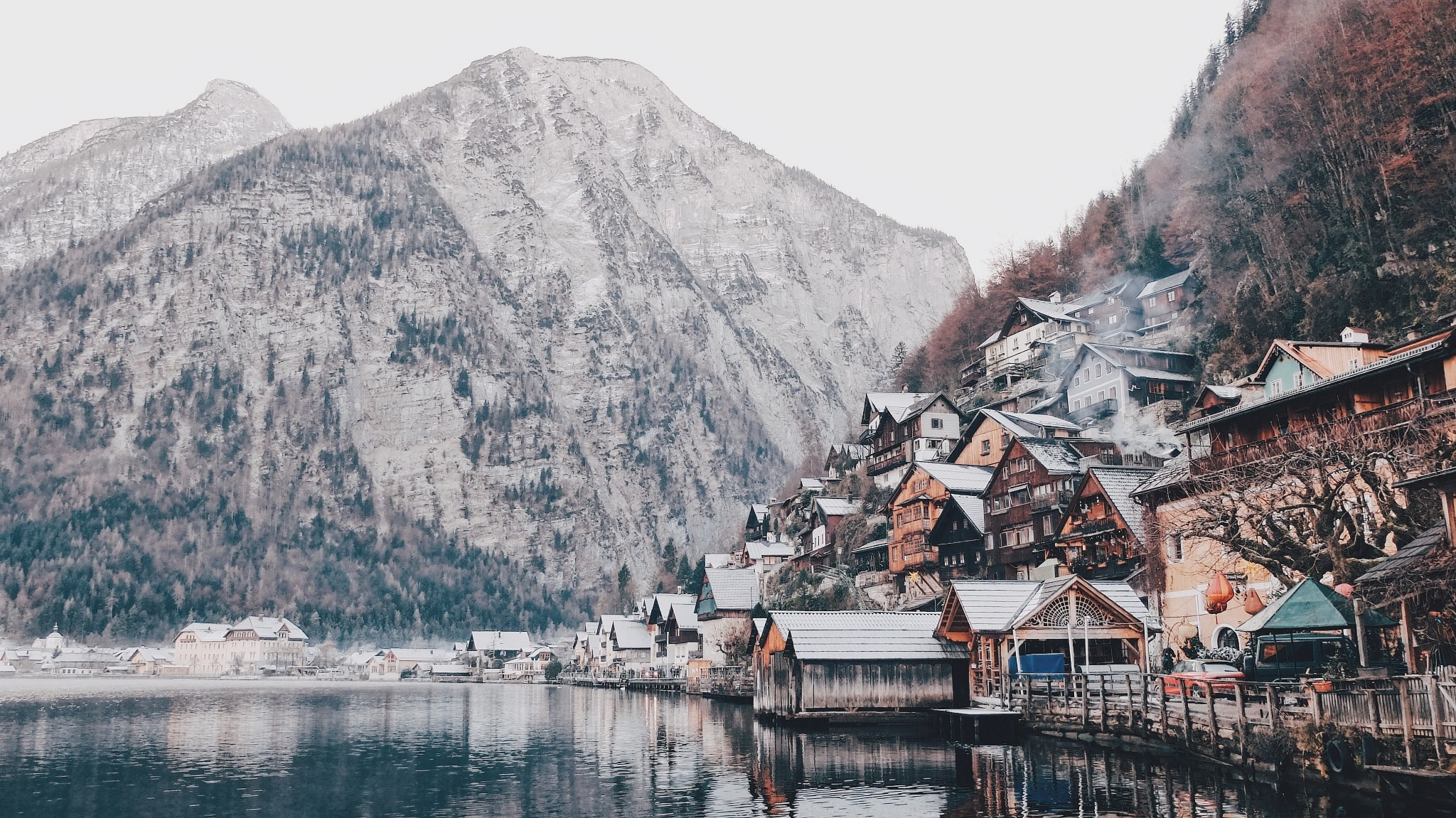The greatest cities in the world live by the water, and they have the architecture to go with it. Regeneration of storied cities is often built along these lines – take Lisbon, which The Guardian highlights as a stunning example of urban riverside regeneration: the revolutionary MAAT building taking place as the crown jewel in an incredible transformation for the city. Water provides the perfect backdrop to beautiful architecture, but it also creates problems that need to be addressed to develop projects with long-term security and stability.

Challenges in building
Water is a problematic element in all building work. Building on and into water systems is an inherently risky process on two fronts. Firstly, requiring workers to get out into water-based systems raises the risk of drowning, and minimizing that risk is necessary for architectural firms and their construction partners, especially where boat work is required. Drowning accounts for 7% of injury-related deaths, and any work taking place near water must factor in the risks and put precautions in place. Secondly, the integrity of a structure is always impacted where water is involved. Even on dry land, moisture in the ground or a high water table can lead to disaster down the line. This is why projects such as the incredible Palm Jumeirah archipelago have been so costly; as the BBC note, the manpower and material cost of giving basis to the incredible designs seen across these islands is huge. However, when done safely, the results can be awe-inspiring, as new developments are showing.
The beach-and-tide dune house
One such small but powerful development is the Dune House. Designed by Brooklyn-based Studio Viral, the New Atlas highlights its combination of fresh, light-inspired design, with an all-natural and water-loving impact. Built into dunes by the rolling lap of the ocean, it utilizes those forces to help it power the home – it’s off-the-grid, and entirely powered by the elements around it. This is an example of how even small pieces of architecture can be revolutionary but look good and be secure against the challenges of water-based building.
Bigger scale changes
On a slightly larger scale, the incredible new architecture planned for the San Francisco ‘The Cove’ development is set to put waterfront building on a new path. Global architecture mag Dezeen has highlighted the development for a few key reasons. Firstly, it makes good use of congested SF waterfront space, where efficiency is key. It’s also green-friendly – it replaces deteriorating existing piers, while using existing materials, and redeploys them into a new property. Most stunning, of course, is the architecture: like tiles, each building on the new piers will be stacked towards one another. The design is extremely modern, while still retaining the historical aura of the waterfront area of the city.
This is the joy of waterfront architecture. The reality of many cities and towns based on rivers and oceans is that they have a long history – building on water helps to guarantee growth. This means that new buildings can combine a reverence for historical architecture with a new, fresh and sustainable future. If the challenges of building on the water can be met, truly incredible designs can be introduced.



